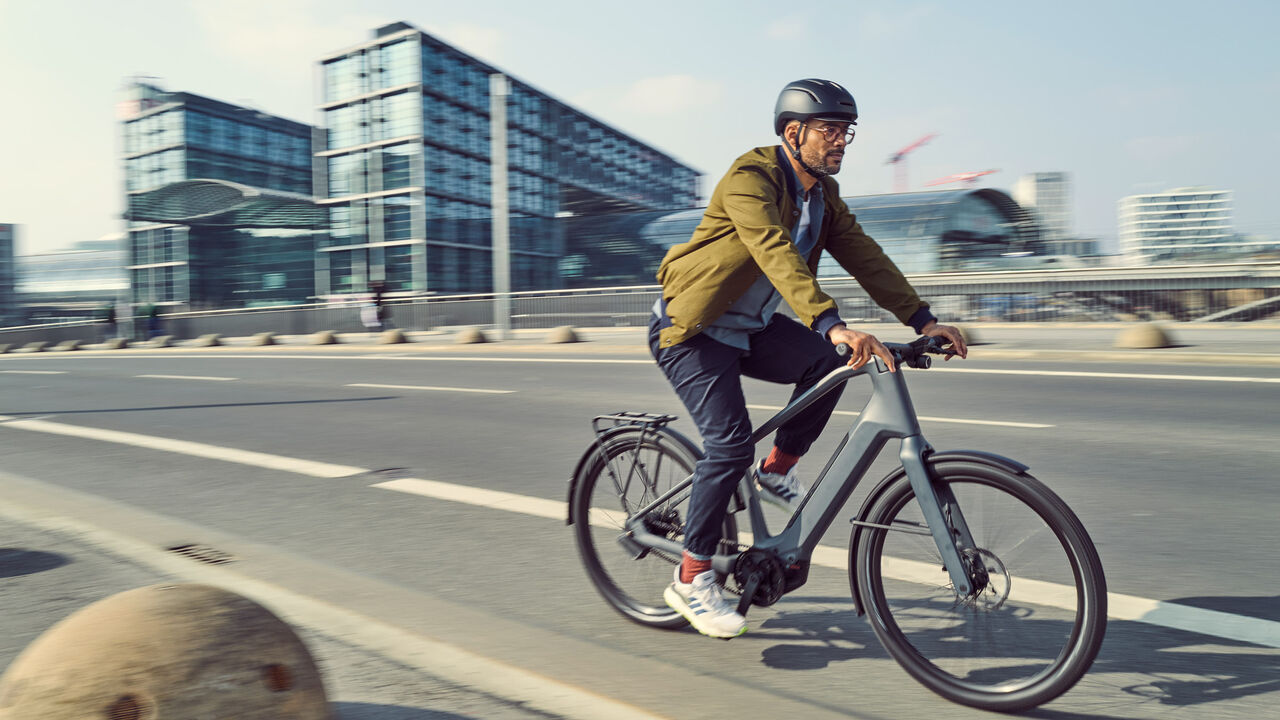In the era of climate consciousness and urban mobility, a silent revolution is silently taking place on our streets – the rise of electric cycles. These sleek, eco-friendly machines are redefining the way we commute, exercise, and experience our cities. Electric tricycle, or e-bikes, have swiftly moved from niche novelties to mainstream marvels, offering a potent blend of convenience, sustainability, and sheer fun.
The Electric Renaissance:
Picture this: effortlessly cruising up steep hills, gliding through traffic with ease, and arriving at your destination sweat-free – all powered by a whisper-quiet electric motor. This is the promise of electric cycles, which have seen a surge in popularity in recent years. What was once considered a novelty or a niche gadget for tech enthusiasts is now becoming a common sight on city streets worldwide.
The Power of Pedals, Enhanced:
At first glance, electric cycles may resemble their traditional counterparts, but beneath the surface lies a sophisticated system that seamlessly integrates human power with electric assistance. Typically equipped with a rechargeable battery and a motor, these cycles amplify the rider’s pedal power, providing a boost when needed most. This synergy between human effort and electric propulsion not only extends the range and speed of cycling but also makes it accessible to a broader demographic, including commuters, recreational cyclists, and fitness enthusiasts.
Eco-Friendly Commuting:
In an age where carbon emissions and traffic congestion are pressing concerns, electric cycles offer a sustainable solution to urban mobility challenges. By replacing car trips with pedal-assisted journeys, e-bike riders significantly reduce their carbon footprint while easing strain on congested roadways and public transportation systems. With zero tailpipe emissions and minimal energy consumption compared to automobiles, electric cycles represent a greener alternative that aligns with the growing demand for eco-conscious transportation options.
Health and Wellness Benefits:
Contrary to popular misconceptions, electric cycles aren’t solely for the sedentary or lazy. In fact, they encourage physical activity by removing barriers that may deter individuals from cycling, such as daunting hills, long distances, or physical limitations. E-bikes provide a low-impact form of exercise that promotes cardiovascular health, improves stamina, and enhances overall well-being. Moreover, studies have shown that e-bike riders tend to cycle more frequently and cover longer distances than traditional cyclists, thereby reaping the health benefits of sustained physical activity.
Urban Accessibility and Beyond:
One of the most compelling aspects of electric cycles is their versatility and adaptability to diverse urban environments. Whether navigating bustling city streets, exploring scenic bike paths, or running errands in the neighborhood, e-bikes offer a flexible mode of transportation that seamlessly integrates into daily life. Furthermore, their compact size and agility make them ideal for navigating tight spaces, bypassing traffic congestion, and accessing areas inaccessible to larger vehicles. Beyond urban settings, electric cycles also cater to outdoor enthusiasts, offering an eco-friendly means of exploring nature reserves, parks, and scenic trails.
Overcoming Challenges:
Despite their myriad benefits, electric cycles still face certain challenges, including infrastructure limitations, regulatory concerns, and perceived safety risks. Infrastructure improvements, such as dedicated bike lanes, secure parking facilities, and charging stations, are essential for promoting the widespread adoption of e-bikes and ensuring the safety and convenience of riders. Additionally, policymakers must address regulatory issues related to speed limits, licensing requirements, and insurance coverage to facilitate the integration of electric cycles into existing transportation frameworks.
